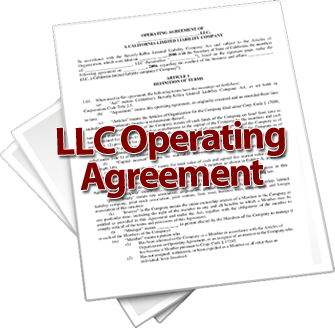LLC Creation
LLC creation is this the best entity to use? The first decision people make when they want to “start a business” is which entity to pick. A lot of time and money can be spent figuring out this question. The choices are sole proprietor, partnership, limited partnership, corporation (C or S), and limited liability company (LLC).
The sole proprietorship is the easiest form of business for an individual to “set up.” There basically isn’t any set up. You just start doing business. You will file a schedule C with your 1040 form at the end of the year, and you may have to pay quarterly taxes, but that’s about all it takes. There is no liability protection for you operating as a sole proprietor.
The partnership is the easiest form of business for two or more individuals to “set up.” You just start doing business. Keep separate accounting for the business, and any profit or loss “passes through” to the tax returns of the individual partners based upon what they get allocated from the partnership.
The disadvantage in the partnership is there is no liability protection. In fact, there is an increased liability, because each individual partner is personally liable for whatever the other partners do. An LLC creating liability protection that isn’t offered by the partnership gives the LLC a major advantage.
Limited partnerships have liability shielding for the limited partner(s), but not the general partner(s). Profits and losses pass through to the individual limited and general partners.
The “distributions” of profits and losses in a limited partnership have to be made on a pro rata basis based on ownership. Creating a LLC, can give you the advantage of being able to distribute profits and losses on need, rather than ownership considerations.
Corporations will give you the same liability shield, whether you use a C corporation or an S corporation. The asset protection is the same. In fact, basically the same laws are used in LLC liability shielding, thus creating LLC shielding that is just as effective as the corporate shielding.
Corporations have unique tax structures. While the asset protection possibilities of the C and S corporations are the same, the tax structure is very different. Chapter C of the IRS Code defines the “classic” corporate tax structure. The rules in Subchapter S of the IRS Code define a tax structure that is more friendly to a small business owner.
The Subchapter S rules establish a “pass through” structure where the profits or losses are passed through to the 1040 form of each individual owner(s). The laws allow LLCs to establish themselves as either a C corporation or an S corporation and create LLC tax structures identical to the corporate tax structures.
Actually, you can create LLC tax structures that fit the partnership or sole proprietorship structures. You simply file the appropriate papers with the IRS when you create your LLC.
The LLC requires a lot of other “formalities” when you are creating a LLC structure that will actually protect you and give you the neat tax advantages possible. You need to file your articles of organization with the state, draft your operating agreement, file the tax forms, and other things.
Your operating agreement is the document where you need to spend your time when you creating an LLC structure. It should be unique to you. Boiler plate LLC creation documents won’t do, so study up and get it right. The operating agreement is your “LLC bible,” but you get to write it how you want, and the courts will support what you write.
This unique character you can get creating a LLC is something everybody, particularly the LegalDoom internet sites, just never mention, because you can’t “spit out” a unique document. It has to be created.
Uniquely creating LLC asset protection and tax structures will pay big dividends to you in the long run. One size doesn’t fit all when it comes to LLC creation.
Lee R. Phillips
LegaLees Corporation
556 E. 1400 S.
Orem UT 84097
801-802-9020

